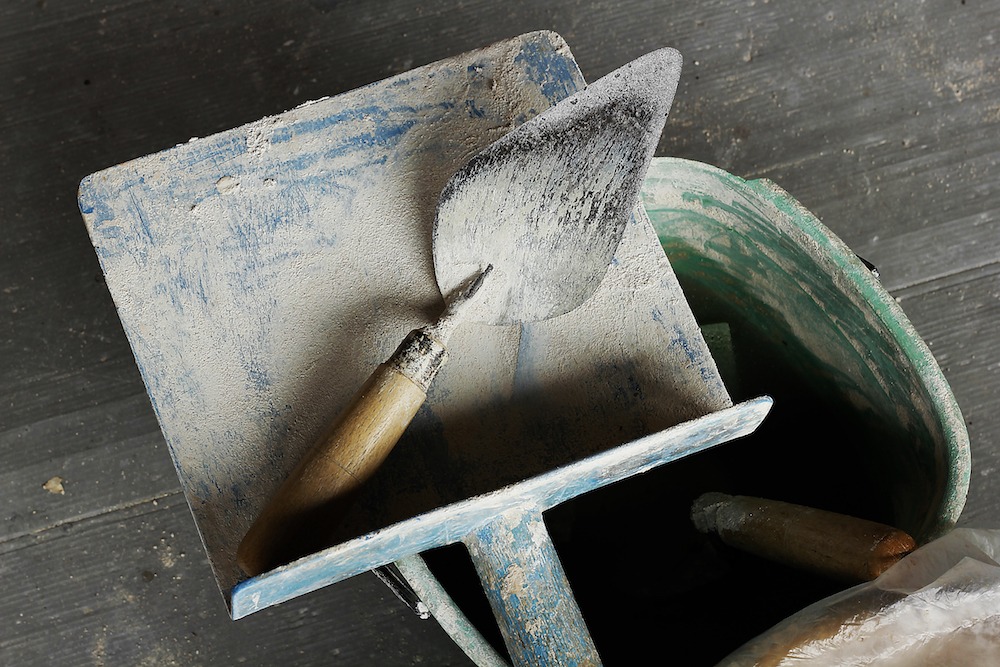Too many people do so, both at home and at work. Household jobs usually are light. So you sometimes can get away with using tools improperly or substituting one tool for another. Our work, however, makes rugged demands on tools. If we misuse a tool, or use one that’s wrong for the job or in poor condition, it can result in injury or spoiled work.
Choose the Right Tool for the Job
Would you use an axe to drive nails? Obviously not. You’d use a claw hammer. It’s the less obvious misuse of tools that gives us the most trouble, like using a screwdriver or a file as pry bar. Trouble also comes from trying to get by with a tool that’s not the right size for the job. A common mistake is using a wrench that’s the wrong size for the nut, or one with a handle that’s too short. This can result in scraped knuckles or a broken wrench. Don’t take chances. Get the right tool, even if it takes you a few minutes longer. You’ll probably save yourself lost time and pay.
Use Only Tools in Good Condition
Sometimes the hammer whose head comes off is less dangerous than the one whose head just wiggles a little. In the first case, we know the hammer is dangerous and fix it. In the second case, we never know when the head will twist enough to glance off the work, or just fly off. Tools in proper condition have handles and heads that are sound and securely fitted; cutting edges that are sharp and true. It’s usually the dull tool that hurts you. Tools should be kept free of dirt and grease. If a tool doesn’t meet these qualifications, don’t use it. Otherwise, you’re asking for trouble.
Use Tools Properly
Very few of us are experts when it comes to using every tool made. If you don’t
know how to use a tool, don’t be afraid to ask someone who does. Here are a few tips for using tools properly: 1. Pull a wrench. Don’t push. 2. Use the full handle of the hammer. If you choke up on it, you’ll lose control. 3. Always cut away from yourself. 4. Be sure to wear eye protection if there’s any chance of chips or flying particles. 5. Don’t use a file without a handle. 6. Don’t use a chisel or screwdriver as a pry bar.
Carry and Store Tools Safely
If you carry tools in your hands, keep sharp or cutting edges covered and hold them away from you. Use a toolbox or belt when you carry a lot of tools. Don’t stuff them in your pockets. Keep the toolbox orderly so you can easily find the tool you need without getting cut or gouged. If your buddy wants to borrow one of your tools, hand it to him; don’t toss it.
Hand tool safety depends on the right tool for the job – in proper condition – used correctly -and carried and stored safely.

